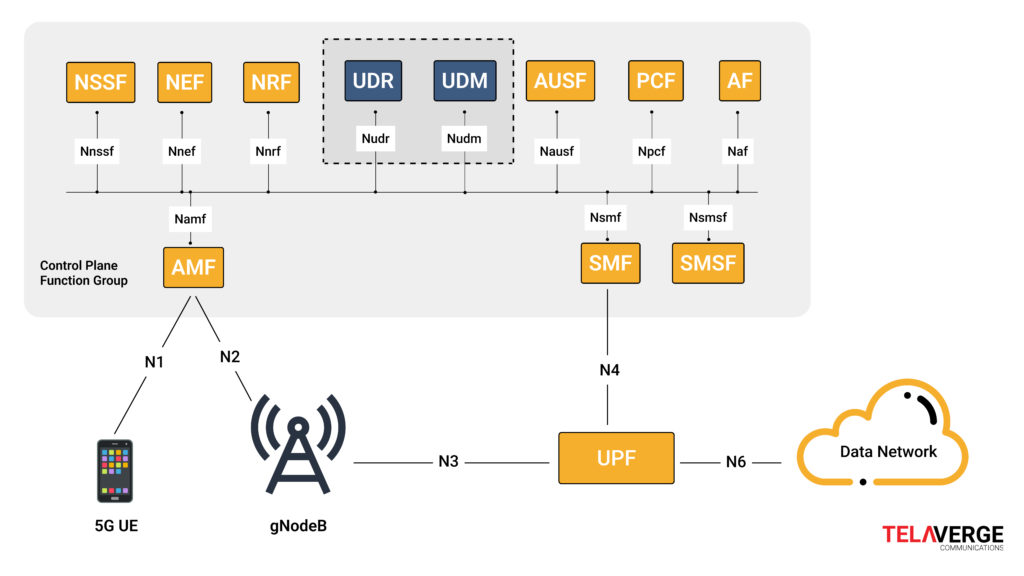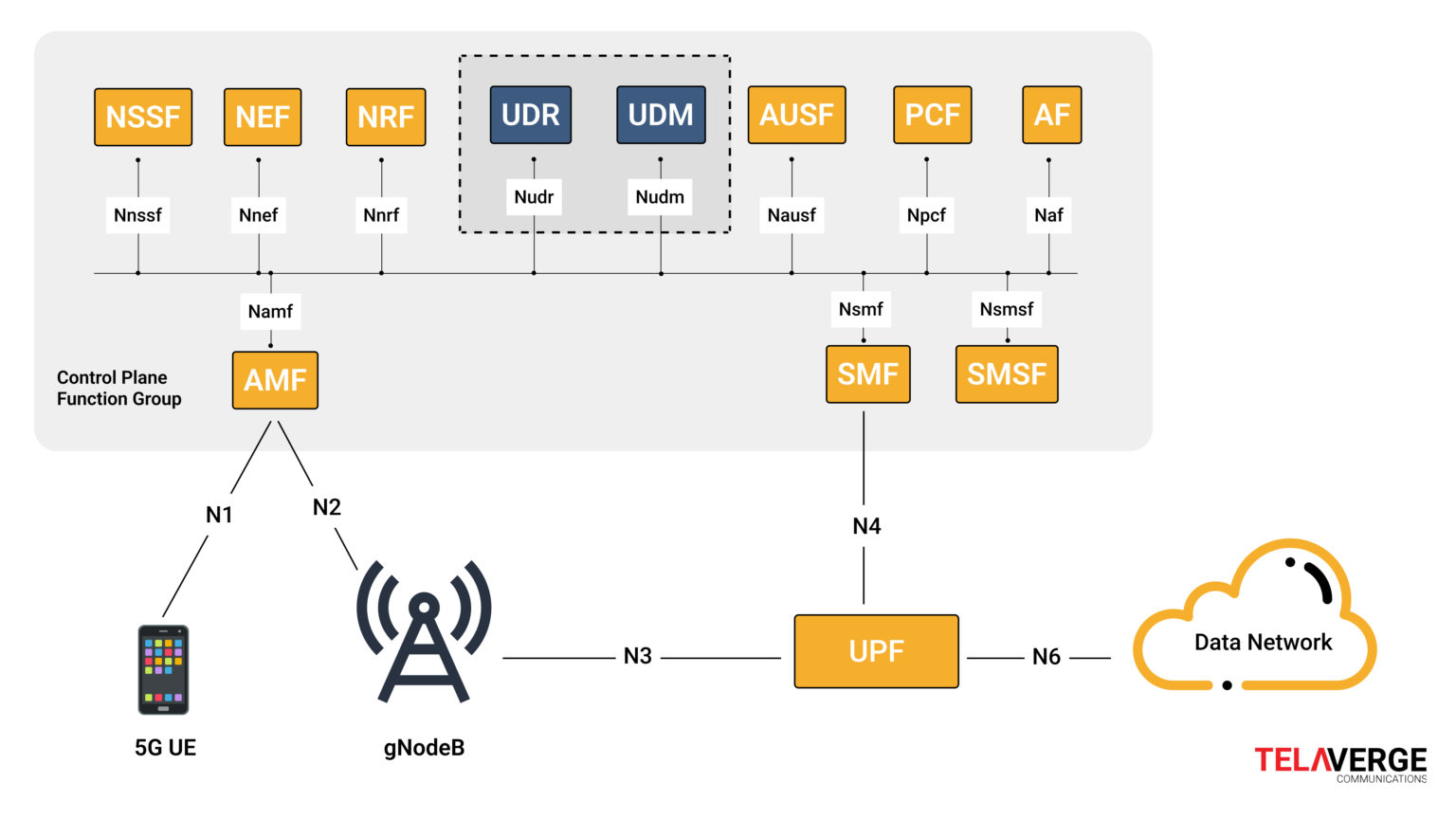The advent of 5G technology has revolutionized the telecommunications landscape, promising faster data speeds, lower latency, and increased network capacity. At the heart of this transformative technology lies the 5G Core, a complex network architecture comprising various functional elements responsible for managing and delivering 5G services. Among these elements, the UDM (Unified Data Management) and UDR (Unified Data Repository) play crucial roles in subscriber data management. While these terms are often used interchangeably, they represent distinct components with specific functions within the 5G Core.
UDM: The Orchestrator of Subscriber Data
The UDM serves as the central hub for managing subscription-related data in the 5G Core. It acts as an interface between various network functions, such as the Access and Mobility Management Function (AMF), Session Management Function (SMF), and Policy Control Function (PCF), providing them with the necessary subscriber data to perform their respective tasks.

The UDM’s primary responsibilities include:
Subscription management: Storing and retrieving subscriber data, including billing information, service profiles, and device details.
Policy enforcement: Applying subscriber-specific policies to control network access and services.
Data exposure: Exposing authorized subscriber data to third-party applications, enabling services like enhanced customer care and personalized experiences.
UDR: The Repository of Subscriber Data
The UDR serves as the centralized storage repository for subscription-related data in the 5G Core. It maintains a comprehensive and up-to-date record of all subscriber information, ensuring that the network has access to the latest data for effective service delivery.

The UDR’s key functions include:
Data storage: Storing and managing all subscription-related data, including identity information, service profiles, and usage records.
Data integrity: Ensuring the accuracy, consistency, and security of subscriber data.
Data access: Providing authorized network functions with access to relevant subscriber data upon request.
UDM vs. UDR: A Tale of Two Entities
While the UDM and UDR share a common goal of managing subscriber data, they differ in their specific roles and functionalities:
UDM: The UDM is primarily responsible for managing the flow of subscriber data between network functions and enforcing subscriber-specific policies.
UDR: The UDR serves as the central repository for storing and maintaining the integrity of subscriber data.
In essence, the UDM acts as the orchestrator of subscriber data, while the UDR serves as the custodian of that data.
Conclusion: Understanding the Synergy
The UDM and UDR work in tandem to provide a comprehensive and efficient subscriber data management solution for the 5G Core. Their combined efforts ensure that subscribers receive the right services, at the right time, and with the appropriate security measures. As 5G technology continues to evolve, the UDM and UDR will remain critical components in enabling the full potential of next-generation mobile networks.